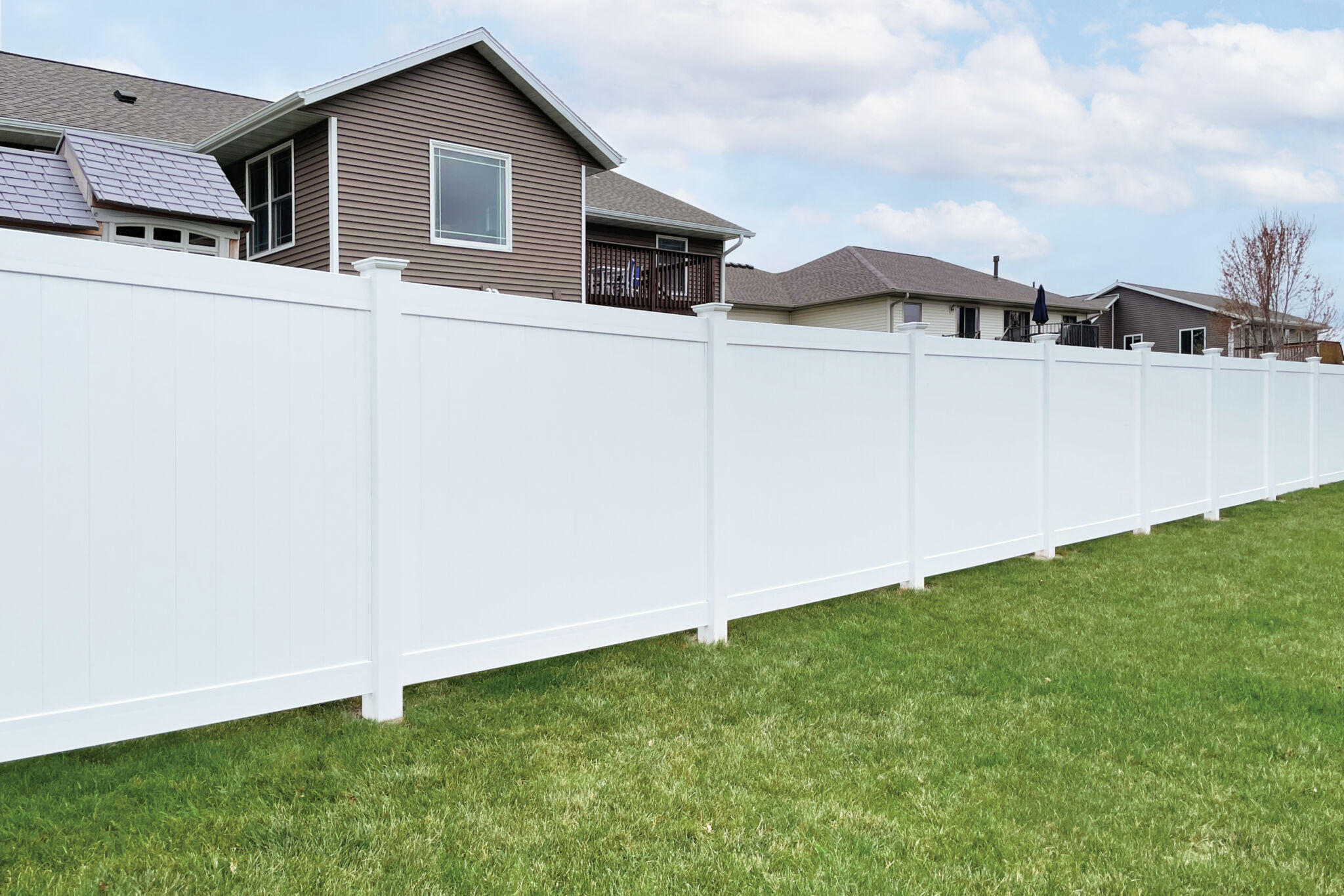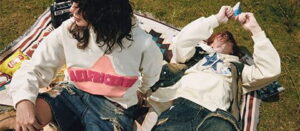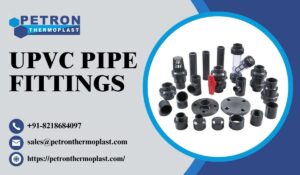Common Vinyl Fence Problems and Solutions?
Vinyl fences can provide years of reliable service with the right care. Most common issues can be prevented or fixed...

A vinyl fence is a popular choice for many homeowners due to its durability, clean appearance, and minimal upkeep. However, like any outdoor structure, it can develop certain problems over time. Knowing the common issues and how to address them can help you maintain your fence more effectively. Here’s a look at the typical challenges and their practical solutions.
Cracking and Splitting
Problem:
One of the most common issues with vinyl fence fencing is cracking or splitting, especially in colder climates. As temperatures drop, the material can become brittle, increasing the risk of damage from impacts or shifting ground.
Solution:
To avoid this, regularly inspect your fence during seasonal changes. If cracks appear, replace the affected panels or posts. Using flexible sealant as a temporary fix can help prevent further damage until a replacement is arranged. Choosing higher-quality vinyl material with UV inhibitors also reduces the chance of cracking.
Discoloration or Fading
Problem:
Over time, exposure to sunlight can cause vinyl to fade or turn yellow. Mold and mildew buildup can also cause stains, especially in damp or shaded areas.
Solution:
Regular cleaning with mild soap and water helps prevent long-term discoloration. For tougher stains, a solution of vinegar and water or a gentle pressure wash can be effective. Avoid using harsh chemicals, as they can damage the vinyl surface. Installing fences in areas with good airflow and sunlight can reduce mildew growth.
Loose or Leaning Posts
Problem:
Posts may shift or lean due to unstable soil or poor installation.
Solution:
Secure loose posts using gravel and concrete. During installation, set posts at least 2 feet deep and use a level to ensure stability.
Warping or Buckling Panels
Problem:
In hot weather, vinyl expands. Poor installation can restrict this movement, causing warping or buckling.
Solution:
Leave small gaps during installation to allow for expansion. If panels have already buckled, replace them and adjust spacing to prevent it from happening again.
Damage from Lawn Equipment
Problem:
Accidental impacts from lawnmowers, trimmers, or snowblowers can damage vinyl fencing. These machines can leave scratches or even break panels.
Solution:
Mark the fence area clearly and create space between landscaping tools and the fence. Use guards or edging near the fence line to protect it from machinery. If panels are damaged, replace them promptly to maintain the fence’s integrity.
Mold and Algae Growth
Problem:
In damp climates, mold or algae can develop on vinyl surfaces, creating unsightly and slippery green or black patches.
Solution:
Wash the fence every few months using a mix of water and white vinegar or a gentle mold cleaner. Make sure the surrounding areas are well-drained and trim vegetation to improve airflow and reduce moisture buildup.
Comparing to a Wood Fence
While a wood fence may offer a more traditional aesthetic, it typically requires more upkeep. Unlike vinyl, wood can rot, warp, and attract termites. However, vinyl fences offer greater long-term value with fewer maintenance needs and better weather resistance.
Conclusion
Vinyl fences can provide years of reliable service with the right care. Most common issues can be prevented or fixed with basic maintenance and timely repairs. Whether it’s cracking, staining, or post instability, knowing what to look for and how to address it will help extend the life of your fence and keep it looking its best.






